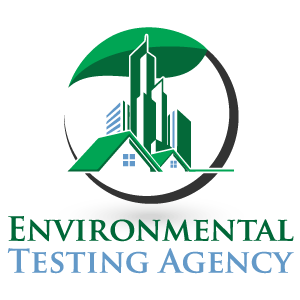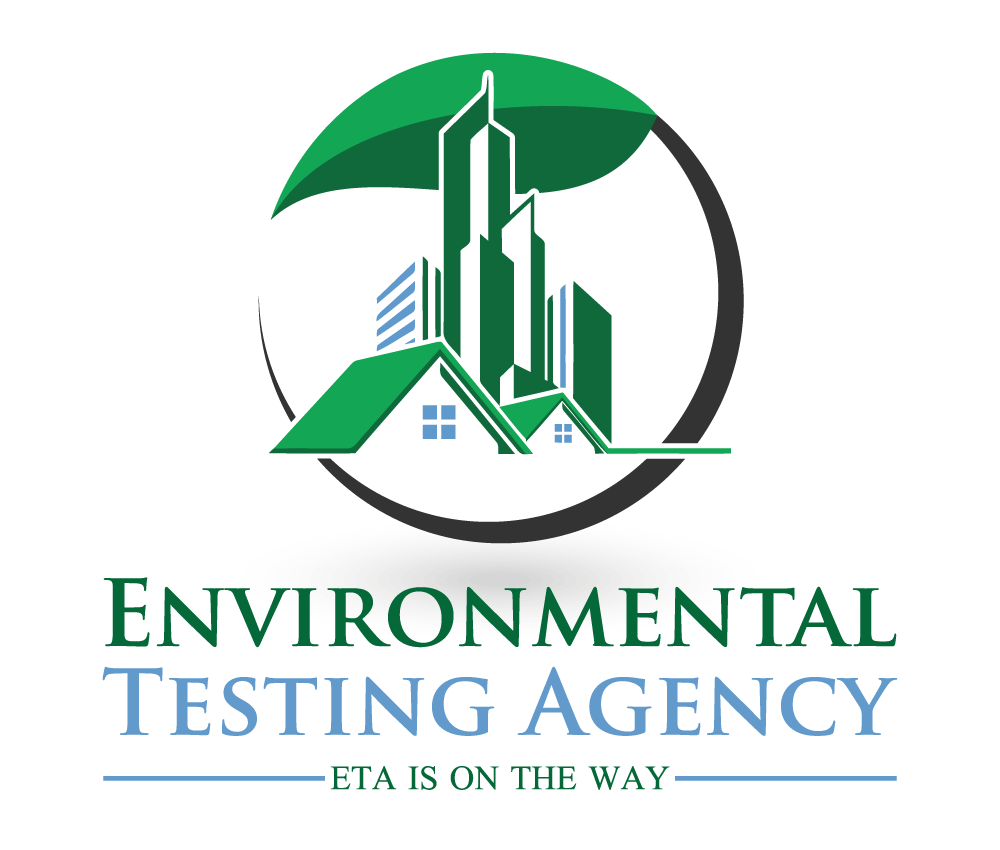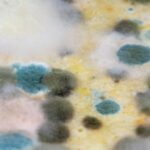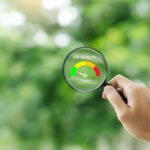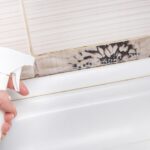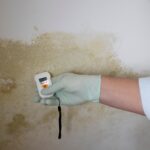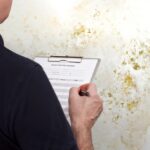After the Flood: 7 Essential Reasons Why Mold Inspection Is Vital
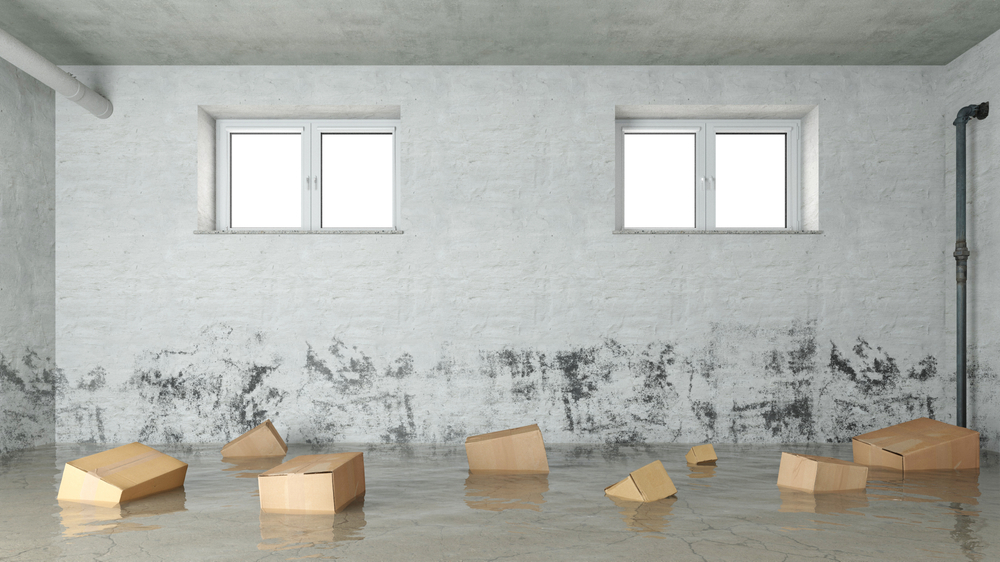
Hurricanes and floods are common in areas like Florida, where hurricanes, strong winds, and heavy rain can cause significant damage to homes and buildings. Floods can lead to water damage in homes, which, if not addressed promptly, can lead to mold growth.
But why is mold presence so bad? And why a mold inspection is crucial after a flood? Let’s take a look!
How Does Flooding Lead to Mold Growth?
Flooding and mold have a close relationship. When a home is affected by flooding, water can seep into walls, floors, and other surfaces. This creates a moist environment that is perfect for mold to grow. Why? Because mold thrives in damp and humid conditions, and the moisture left behind after a flood provides the ideal conditions for mold to take hold.
It only takes 24 to 48 hours for mold to start growing after a flood, so it’s essential to take action quickly to prevent mold growth.
Why is Mold Dangerous?
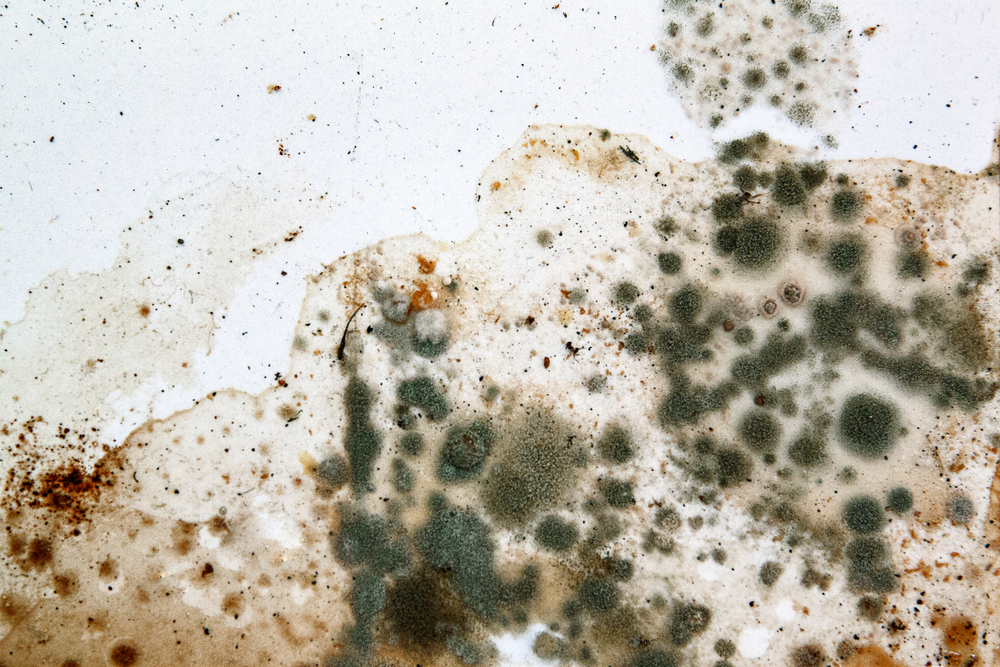
Mold can cause various health problems, as we’ll see. Some people may be more sensitive to mold and may experience more severe health problems. Mold can also damage the structure of a home, causing cracks and other issues that can compromise the safety of the building.
Some of these health problems are:
- Respiratory Problems
Mold spores can cause lung inflammation, leading to coughing, wheezing, and difficulty breathing. People with asthma or other respiratory conditions are particularly vulnerable to the effects of mold exposure. Long-term mold exposure can even lead to asthma in people who previously did not have this condition.
- Allergic Reactions
Some people are allergic to mold, and mold exposure can trigger an allergic reaction. Symptoms of an allergic reaction to mold can include sneezing, runny nose, itchy eyes, and skin rash.
- Neurological Symptoms
In rare cases, mold exposure can cause neurological symptoms, such as headaches, dizziness, and memory loss. These symptoms are more likely to occur in people exposed to high mold levels for an extended period.
- Skin Irritation
Skin irritation can manifest as redness, itching, and rashes. People who are particularly sensitive to mold may develop more severe skin reactions.
- Other Health Problems
In addition to the health problems listed above, mold exposure can cause other health problems. These include fatigue, nausea, and sinus problems. In rare cases, it also leads to more severe health problems, such as fungal infections and toxic reactions.
Mold After A Flood: What To Do?
When water damage occurs, it’s essential to address it promptly to prevent mold growth. The longer water damage is left unaddressed; the more likely mold will grow.
The best thing you can do is hire a professional mold inspection company.
What a Mold Inspection Reveals
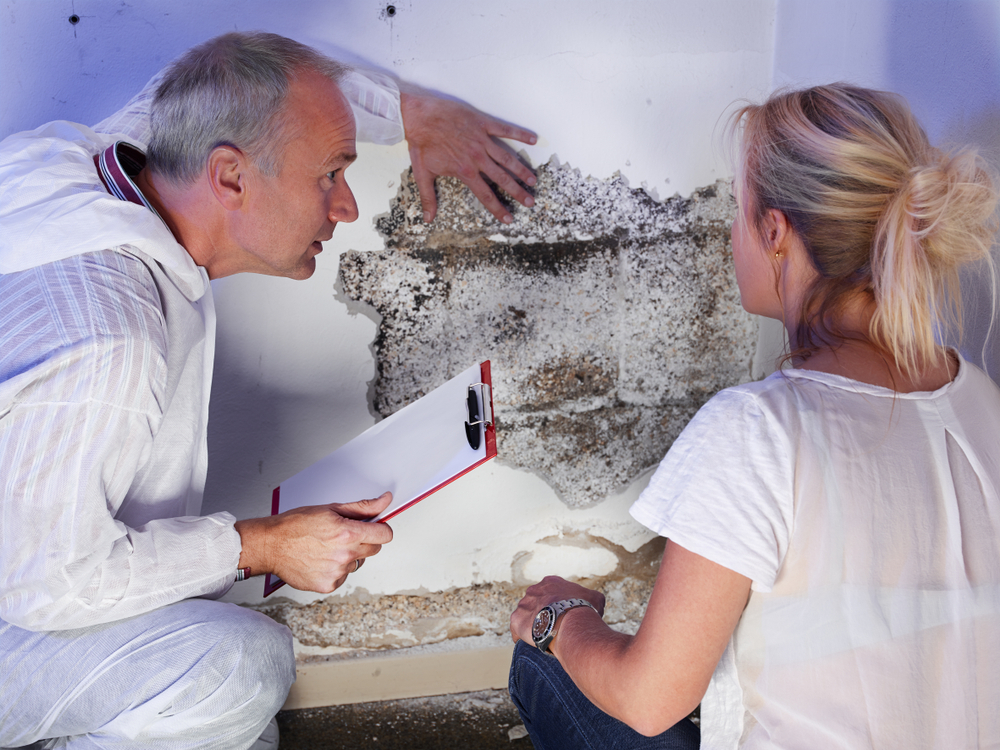
A mold inspection can reveal the extent of mold growth in your home. It involves visual inspections, moisture measurements, and air quality testing.
The inspector will identify the type of mold present and the affected areas of the house. They will also assess the moisture levels in the home, as mold thrives in damp environments. Finally, the inspector will provide you with a report detailing their findings and recommendations for remediation.
Why Hiring a Professional Mold Inspection After a Flood is Crucial
If your home has been affected by water damage, hiring a professional mold inspection and removal service is necessary. Here are seven major reasons why:
- Early Detection of Mold
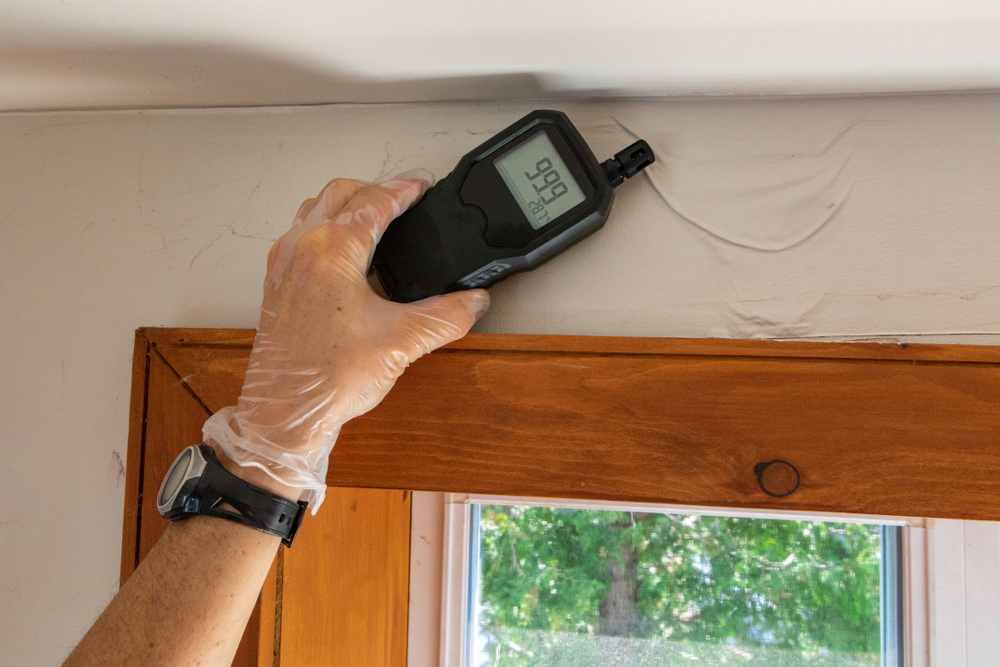
After a flood, mold can grow in at least 24 to 48 hours. A professional mold inspection service will be able to identify mold growth early on before it has a chance to spread throughout your home. This means that any necessary mold removal can be done quickly and efficiently, preventing further damage to your home and protecting your family’s health.
- Identification of Hidden Mold
Mold can grow in hidden areas such as walls, carpets, and attics. A mold inspection service will be able to identify hidden mold growth that is not visible to the naked eye. Experts use specialized equipment to detect the presence of mold in hidden areas, and a professional mold inspection service will be able to find all the mold in your home and remove it completely.
- Mold Can Infiltrate In The HVAC System
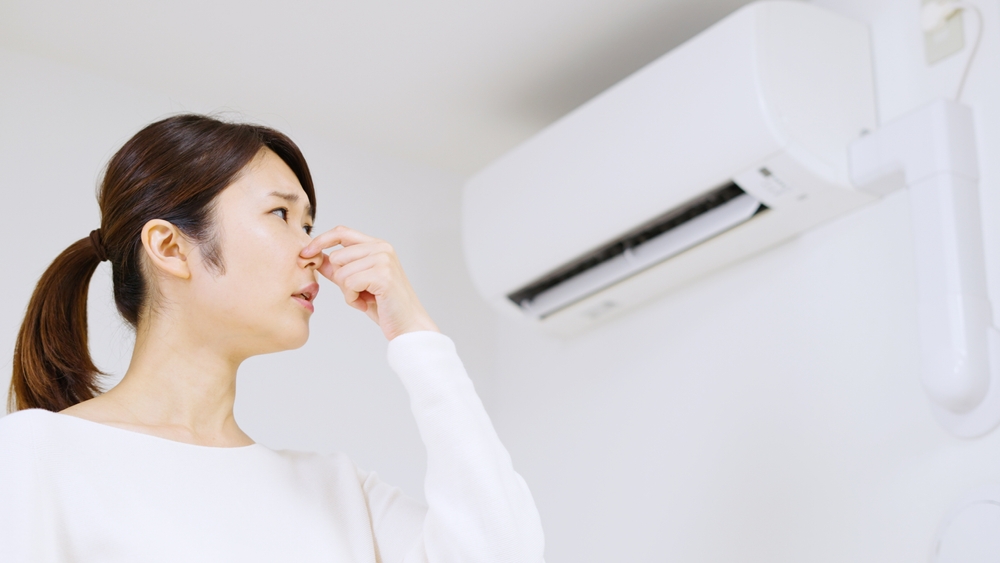
After a flood, mold can also grow in the HVAC (heating, ventilation, and air conditioning) system. The HVAC system can spread mold spores throughout your home, causing health problems for you and your family. A professional mold inspection service will be able to inspect your HVAC system and determine if mold is present. If mold is detected, they can remove it and clean the HVAC system to prevent the spread of mold spores.
- Prevention of Health Problems
It’s important to address mold growth promptly to prevent health problems. A professional mold inspection and removal service can remove mold from your home, improving the air quality and preventing health problems.
- Prevention of Structural Damage
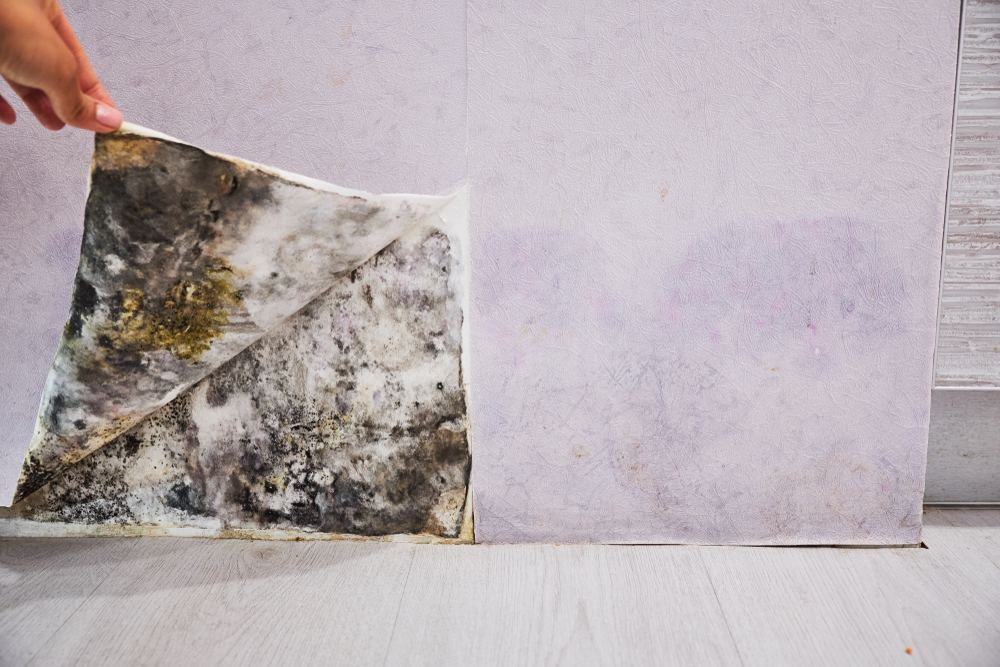
Mold can cause structural damage to your home. If left unchecked, it can weaken the structure of your home, causing cracks and other damage. A professional mold inspection and removal service can prevent structural damage by promptly removing mold.
- Cost Savings
If you attempt to remove mold on your own, it can be time-consuming and costly. A professional mold inspection service can save you time and money by eliminating mold quickly and efficiently. They also have the equipment and expertise to do the job right the first time, preventing the mold from returning and causing further damage.
- Peace of Mind
After a flood, there are already enough things to worry about. Hiring a professional mold inspection service can give you peace of mind, knowing your home is safe and mold-free. A professional mold inspection service will be able to provide you with a detailed report of their findings, along with recommendations for remediation. This can help you make informed decisions about the safety and health of your home.
What Can You Do Before the Inspector Arrives?
You can do a few things before the mold inspector arrives to make the process smoother and more efficient. First, turn off the HVAC system and any fans in your home. This will prevent the spread of mold spores throughout your home. You should also avoid disturbing mold growth in your home, as this can release more spores into the air. Finally, ensure the inspector has easy access to all areas of your home that may be affected by mold.
Conclusion
In addition to the reasons listed above, hiring a professional mold inspection and removal service ensures the job is done safely. Mold remediation involves using chemicals and specialized equipment that can be hazardous if not handled properly.
Professional mold remediation companies, such as Environmental Testing Agency, have the necessary safety equipment and training to finish the job safely. They also follow industry standards and regulations to ensure that the mold is removed safely and effectively.
It’s important to note that not all mold remediation companies are created equal. When choosing a mold remediation company, looking for a company with experience and a good reputation is essential. Look for a company certified by industry organizations such as the Institute of Inspection, Cleaning, and Restoration Certification (IICRC).
ETA Mold is a licensed, certified, and insured Air Quality and Mold Testing agency serving the entire state of Florida.
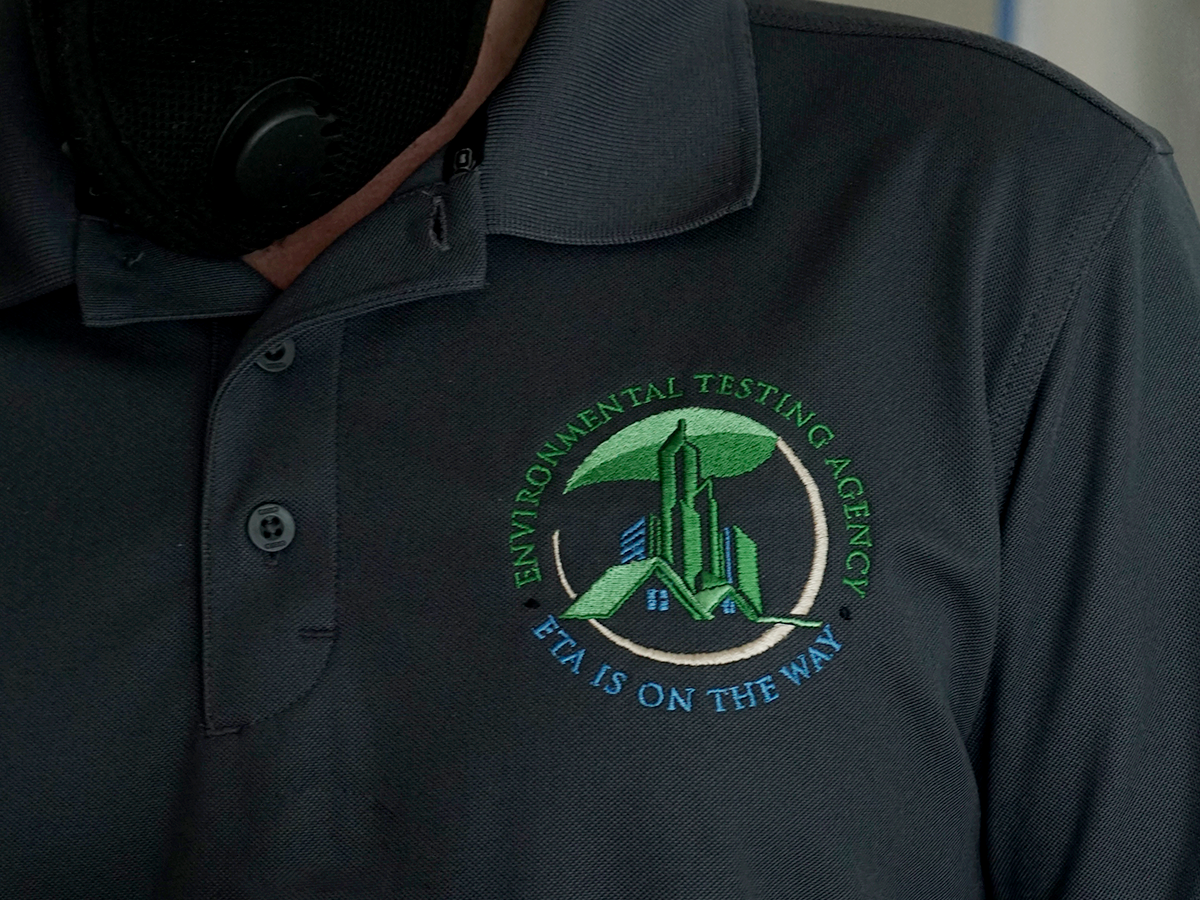
In conclusion, hiring a mold inspection can ensure mold is correctly identified and removed from your home, making your home safe and healthy.
So, don’t hesitate to contact a professional mold inspection and removal service if you suspect mold in your home. It’s better to be safe than sorry!
FAQS
1. What is mold, and how does it grow after a flood?
Mold is a type of fungus that thrives in damp and humid environments. After a flood, water seeps into homes, creating the perfect conditions for mold to grow. It typically takes 24 to 48 hours for mold to begin forming on surfaces that remain wet, like walls and carpets.
2. Why is it important to get a mold inspection after a flood?
A mold inspection after a flood is vital to identify any hidden mold growth, prevent structural damage, and protect the health of everyone in the home. Mold can spread quickly, and an early inspection ensures that any issues are addressed before they become serious.
3. How can mold affect my health after a flood?
Mold exposure can cause respiratory issues, allergic reactions, skin irritations, and neurological symptoms such as headaches and dizziness. Those with asthma or allergies are particularly vulnerable, making a mold inspection essential to prevent long-term health complications.
4. How do professionals detect hidden mold during an inspection?
Professionals use specialized equipment such as moisture meters, infrared cameras, and air quality testing tools to detect mold in hidden areas like walls, ceilings, and HVAC systems. These tools help find mold that is not visible to the naked eye.
5. Can mold grow in the HVAC system after a flood?
Yes, mold can grow in the HVAC system after a flood. The moist environment in the ducts can allow mold to develop, and if left untreated, it can spread mold spores throughout the home. A professional inspection includes checking the HVAC system for mold and ensuring it is thoroughly cleaned.
6. What happens during a mold inspection?
A mold inspection involves a visual examination, moisture level measurements, and air quality testing. The inspector will look for signs of mold, measure moisture levels, and analyze air samples to determine the extent of mold contamination. They will then provide a detailed report with findings and recommendations for mold remediation.
7. How can mold damage the structure of my home?
Mold can weaken the structural integrity of your home by growing on wood, drywall, and other building materials. Over time, mold can cause materials to rot or become brittle, leading to cracks and potential safety hazards.
8. How long does a mold inspection take?
The duration of a mold inspection can vary depending on the size of the property and the severity of the water damage. On average, a mold inspection takes between 1 to 3 hours. The inspector will need time to thoroughly examine all areas that could be affected by mold.
9. What should I do before the mold inspector arrives?
Before the mold inspector arrives, it’s important to turn off the HVAC system and any fans to prevent mold spores from spreading throughout the house. Avoid disturbing any visible mold, as this can release more spores into the air. Ensure that the inspector has easy access to all affected areas of your home.
10. Why should I hire a professional for mold inspection and removal?
Hiring a professional mold inspection and removal service ensures that the mold is safely identified and removed. Experts have the necessary tools and training to detect mold in hidden areas, prevent it from spreading, and ensure that remediation is done according to industry standards and safety regulations.

